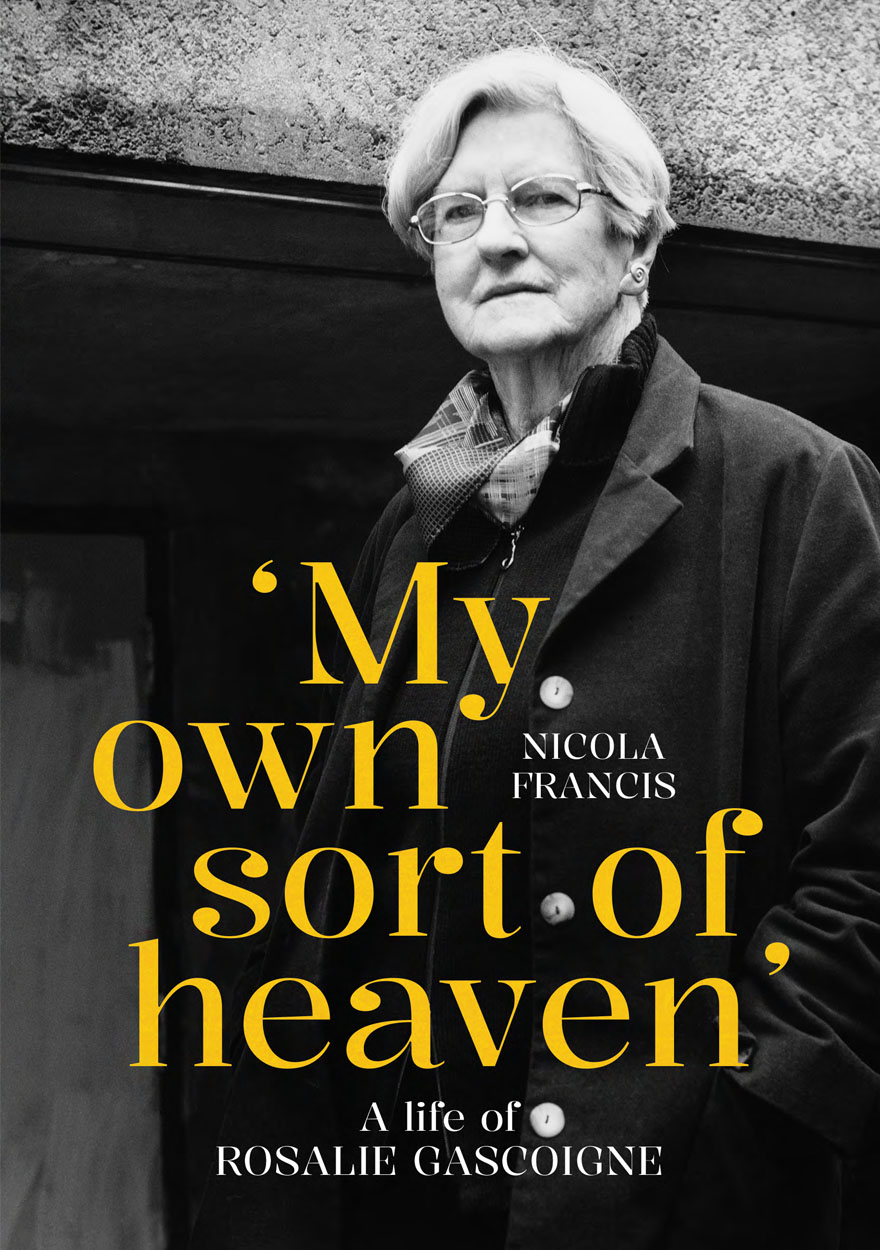Romeo and Julie

In the fair town of Splott, not far from the sprawling Cardiff steelworks, where we lay our scene, two teenagers meet cute in a crowded cafeteria. She’s a chirpy high school kid with a big brain who dreams of going to Cambridge to study physics. He’s a dropout and a single father who lives with his alcoholic mum in a shabby bedsit. The brainy kid offers to babysit, and he willingly accepts. Before long, they’re stroking hands and kissing by the book.
This is Welsh playwright Gary Owen’s grease-stained urban adaptation of Shakespeare’s most excellent and lamentable tragedy. True to its source, it depicts the chaos caused by a grand passion that seems to strike its helpless victims like a thunderbolt. It is also a class-conscious reflection on the difficulties of sustaining romantic commitments in a depressed situation where life is a constant struggle. Owen paints a grim vision of life in the terraced houses of Cardiff that contrasts with the intensity of the central romance.
Continue reading for only $10 per month. Subscribe and gain full access to Australian Book Review. Already a subscriber? Sign in. If you need assistance, feel free to contact us.













Leave a comment
If you are an ABR subscriber, you will need to sign in to post a comment.
If you have forgotten your sign in details, or if you receive an error message when trying to submit your comment, please email your comment (and the name of the article to which it relates) to ABR Comments. We will review your comment and, subject to approval, we will post it under your name.
Please note that all comments must be approved by ABR and comply with our Terms & Conditions.